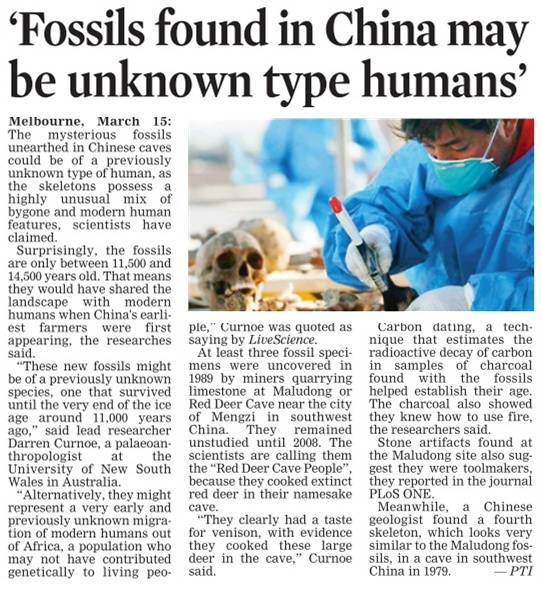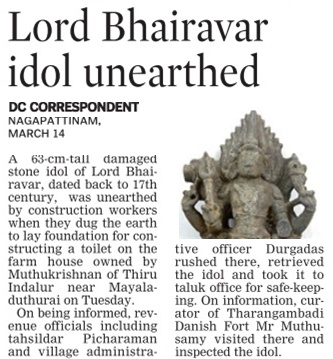The earliest inscription in Malayalam
IRAVATHAM MAHADEVAN
A landmark discovery at Edakal


The earliest inscription in Malayalam at the Edakal cave in Kerala. (Left) A tall anthropomorphic figure in a pre-historic engraving in the cave.— PHOTO COURTESY: M.R. Raghava Varier
One more Tamil-Brahmi inscription was discovered recently at the Edakal cave, Wynad, Kerala, by Professor M. R. Raghava Varier ( The Hindu , February 9, 2012).
This is the fifth in a series of similar inscriptions found in the cave. The four earlier inscriptions have been included in my book, Early Tamil Epigraphy (2003). I am grateful to Professor Raghava Varier for sending me an excellent colour photograph of the inscription taken directly from the rock.
The inscription (Edakal-5) is engraved just below, and to the left of, a tall, imposing anthropomorphic figure (Fig. 1), which is part of the much earlier prehistoric engravings covering the rock walls of the cave. It appears that Edakal-5 is a label inscription engraved by a casual visitor to the cave recording his impression of the anthropomorphic figure he saw there.
Finer details
A study of the computer-enhanced photograph of Edakal-5 was undertaken by M. V. Bhaskar, Project Coordinator, Central Institute of Classical Tamil (CICT) Photographic Survey.
The study has revealed finer details not visible in the rather ‘flat' ink impression (estampage) published with the earlier report in The Hindu .
The sharper delineation of Edakal-5 made from the computer-enhanced image is reproduced here along with the revised reading and interpretation proposed by me (Fig. 2). The brief, but complete, two-word inscription tells it all: i pazhama: ‘this (is) ancient;' ‘this' refers to the anthropomorphic figure described by the visitor as ‘ancient.'
A striking parallel is found in the Perumukkal cave, near Tindivanam, in Tamil Nadu.
The rock walls of this cave are also covered with pre-historic carvings, probably belonging to a somewhat later period than at Edakal.
A casual visitor to the cave in about the 5th century C.E. engraved a brief label inscription in the early Vatteluttu script, reading iraasar, ‘the kings,' under a much older rock carving of a personage seated in a covered vehicle.
The language of Edakal-5 is Malayalam. This becomes clear from the first word ‘ i ' or ‘this,' which is a pronoun in Malayalam standing for someone or something nearer the speaker. In Tamil, ‘ i ' has the same meaning, but does not occur as an independent word, unlike in Malayalam.
That the language of the inscription is indeed Malayalam is made clear by the second word pazhama, which corresponds to pazhamai in Tamil, meaning ‘that which is ancient or old.' The text in Malayalam and its nearest rendering in Tamil are juxtaposed below to bring out the distinction.
i pazhama (Malayalam)
idu pazhamai (Tamil)
‘this (is) ancient' (translation)
The most important result from the revised reading is that Edakal-5 is by far the earliest inscription in Malayalam, and the only one in Brahmi. It may be assigned to the late 4th or early 5th century C.E. on palaeographic evidence discussed below.
The next earliest inscriptions in Malayalam occur much later from about the beginning of the 9th century C.E. and are in the Vatteluttu script.
The palaeography of Edakal-5 is also unique. It is written in a mixture of Southern Brahmi and Tamil-Brahmi scripts.
In fact, only one letter, zha , is in Tamil-Brahmi; the other three letters are in the Southern Brahmi script. The first letter, i , resembling the Arabic numeral 3, was later inherited by the Tamil script, where it survived almost up to the modern times. The last letter, ma , passed into the later Pallava-Grantha script and, still later, into the Malayalam script.
The mixing of scripts at Edakal is not surprising as it sits astride the tri-junction of Karnataka, Kerala and Tamil Nadu. But it does pose a problem in fixing the date of the inscription.
The best estimate is that Edakal-5 may be placed at the end of the 4th or the beginning of the 5th century C.E.
Important evidence
Edakal-5 provides important evidence that the common people of Kerala were already expressing themselves in Malayalam at about the end of the 4th century C.E.
However, Tamil was also retained by the elite as the literary idiom in which great works like Silappadikaram were composed.
Eventually, of course, the people's language prevailed in the region, and Malayalam became the medium of communication for all purposes from about the beginning of the Kollam Era (the early 9th century C.E.).
http://www.thehindu.com/todays-paper/tp-national/article3503010.ece

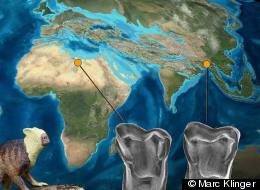





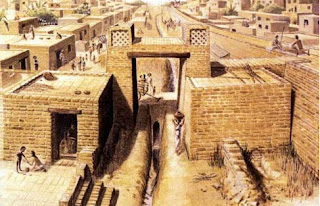
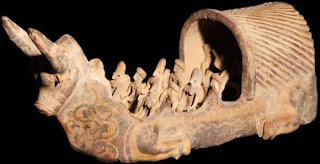
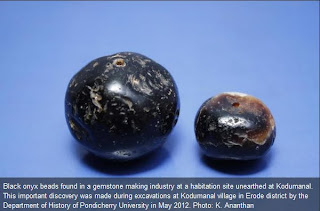


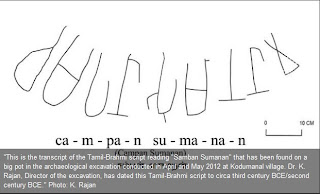
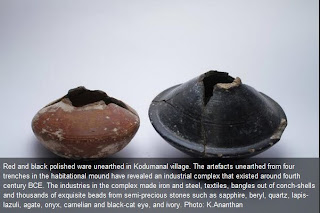





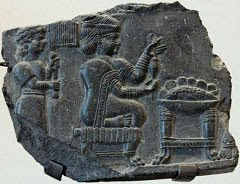






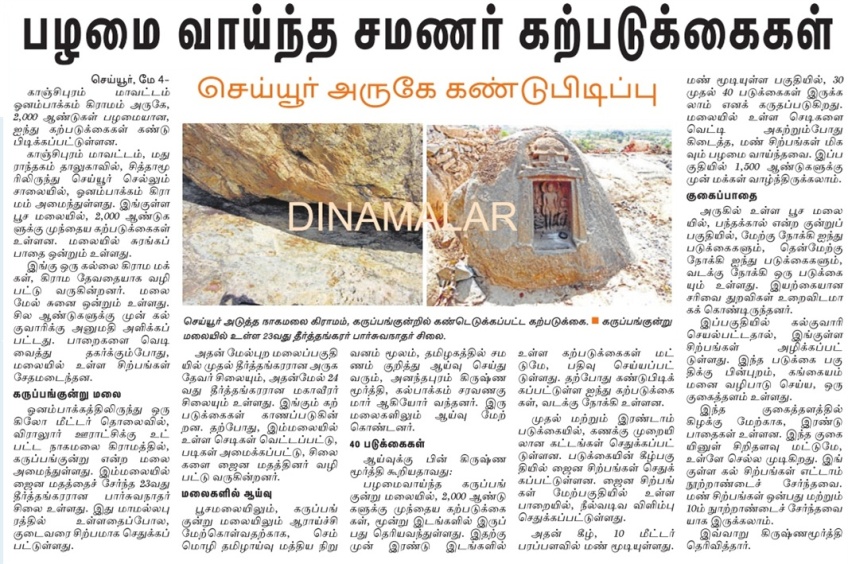



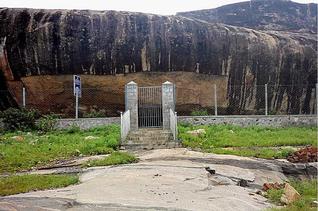







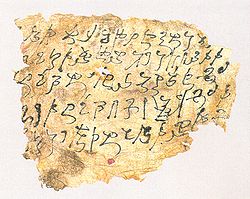



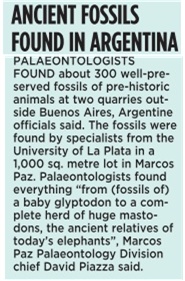

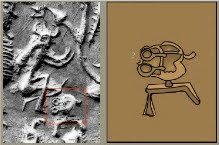
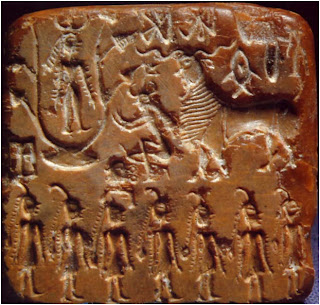





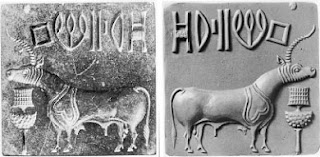

 Looking at the earth from above can reveal incredible secrets.
Looking at the earth from above can reveal incredible secrets. 
































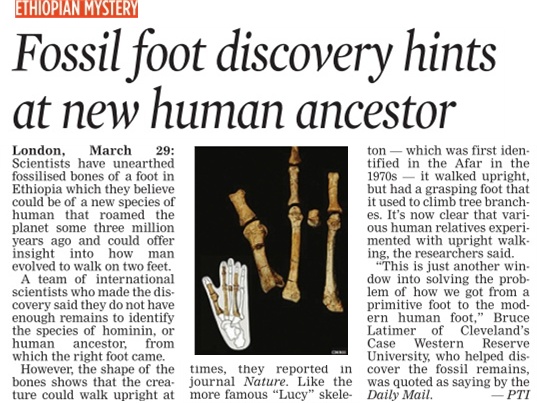
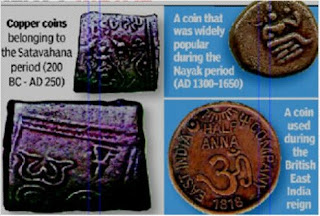
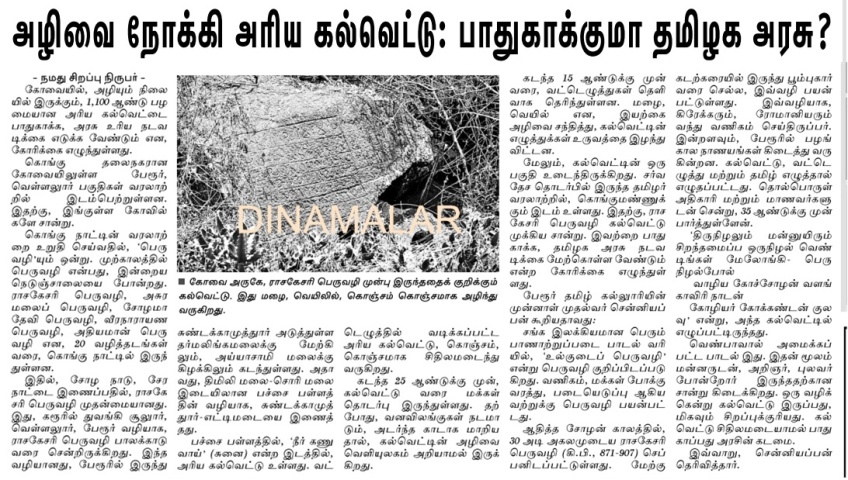
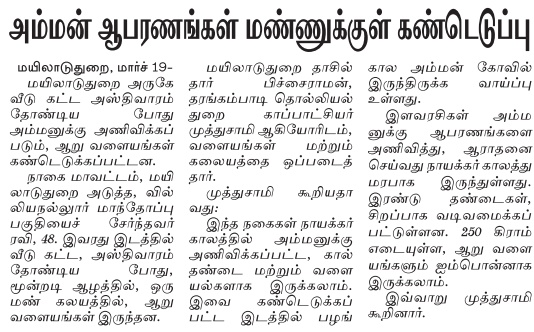








 In the summer of 2009,
In the summer of 2009, 